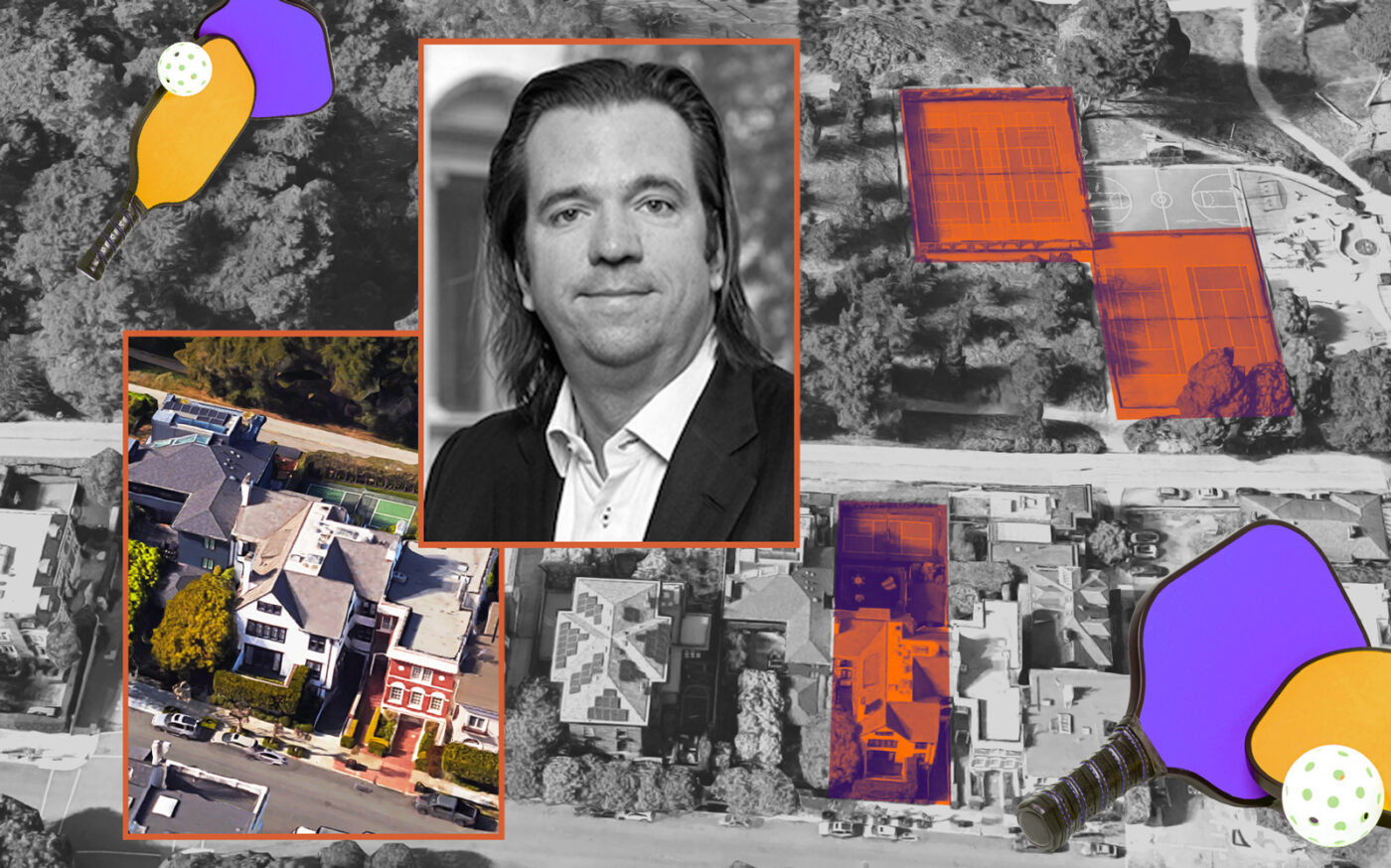Trending
San Francisco mansion owners say pickleball noise is hindering sale
Couple petitions for resolution

A San Francisco couple trying to sell their $36 million home say they’re in a real pickle.
Holly Peterson and her venture capitalist husband, Karl Peterson, own a property near the Presidio Wall public pickleball courts, which, according to them, cause so much noise they prevent the couple from selling their home, The San Francisco Standard reported.
In response, Holly Peterson initiated a petition — which now has close to its goal of 100 signatures — aimed at subjecting the pickleball courts to an environmental assessment to evaluate their noise impact. The petition, which calls for an immediate halt to pickleball games at the courts and the implementation of an Environmental Impact Report, cites concerns about the noise affecting the local ecosystem and community prestige.
“The endless racket [from the pickleball games] threatens the fragile ecosystem and our community’s prestige,” the petition said, according to the outlet. “This isn’t just about us — it’s about preserving nature for future generations.”
Compass real estate agent Steve Mavromihalis, who has the listing, says the couple isn’t being sour over pickleball; they love the game.
But, Mavromihalis said, the continuous play at the 12 courts at Presidio Wall has made the situation untenable. They claim that local residents were never informed about the courts or the potential noise disturbances.
Co-petitioner Mary Tesluk is collaborating with city officials and Holly Peterson to find a reasonable solution that addresses the well-being of both residents and the Presidio’s wildlife.
A spokesperson from San Francisco Recreation and Parks mentioned that the city is actively working with Presidio Heights residents and pickleball players to resolve the issue, noting that neighborhood conflicts related to public recreation are not new.
Pickleball enthusiasts, however, argue for the importance of maintaining accessible outdoor activities for all residents, particularly those who don’t have a lot of money.
Jack Vincent, a regular player at the Presidio Wall courts, empathizes with the neighbors but points out that people who buy property near parks should reasonably expect to have noise emanating from them when they’re open.
Oh, and proximity pickleball courts, he says, likely increase property values.
Mary Hickey, an ambassador for USA Pickleball and a frequent visitor to the Presidio Wall courts, continued the back and forth, saying she hopes to facilitate a compromise with concerned residents. She suggested the installation of sound-reducing acoustic fences as a potential solution and aims to engage in discussions with neighbors and city officials about this idea.
A cross between tennis and ping pong, pickleball is played in quick games of 11 points. It is played on a smaller court with a shorter net, and people love it.
Between August 2021 and August 2022, 14 percent of Americans played pickleball at least once, amounting to 36.5 million picklers playing last year, according to the 2023 APP Pickleball Participation Report. The report found that 8.5 million of those players got pickling more than eight times in that time span. That’s up from an estimated 3.5 million players in 2019, before the sport shot to popularity during the pandemic.
It’s popping up everywhere. In the spring, Pickleball America signed a lease for more than 80,000 square feet at the Stamford Town Center, Houlihan Lawrence announced. The courts replaced a former two-story Saks Off 5th retail space, trading discount clothing for paddles and nets.
The downtown space at 140 Atlantic Street hosts one of the largest indoor pickleball venues in the world. There will be 28 courts. On the first floor, 43,000 square feet of space was converted almost immediately, and 37,000 square feet on the second floor opened several months later.
— Ted Glanzer




